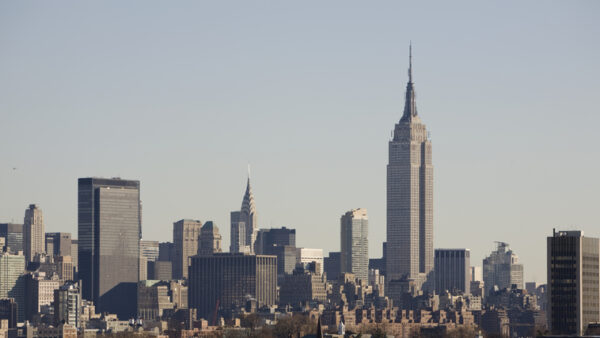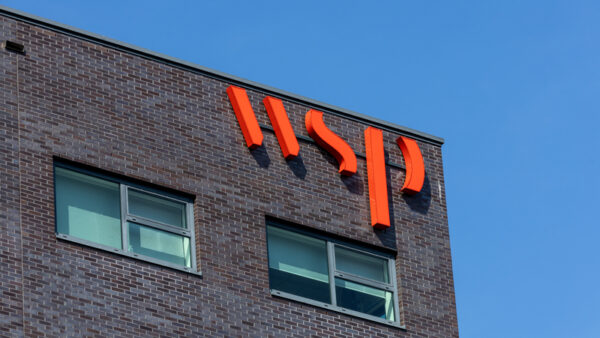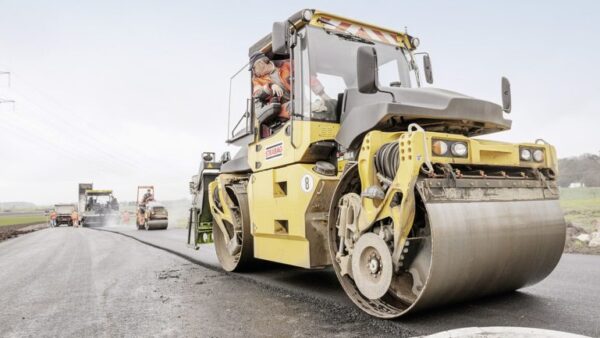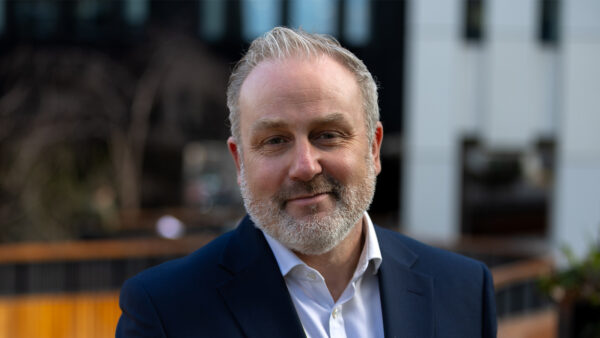Investors in a US$4.5bn toll road in Brisbane, Australia are threatening to sue the global engineering firm Arup, claiming that it supplied inaccurate forecasts of the number of vehicles that would use the road and the revenue that would be gained.
The announcement of an intention to file the class action on behalf of investors in the public-private partnership came last week.
Arup told GCR today that it would “defend its work robustly”.
According to reports, Arup predicted that approximately 135,000 vehicles a day would use the new Airport Link in the first month in which tolls were charged, in 2012. It forecast that the figure would climb rapidly, to around 179,000 six months later.
In the event, traffic in the first month was less than half what had been predicted. The consortium that built and operated the link got into financial difficulties and went into receivership the following year.
IMF (Australia), a company that funds litigation in return for a fee, has teamed up with a lawyer called Maurice Blackburn, which specialises in class actions, to bring proceedings against Arup on behalf of investors in the project.
Andrew Charles, IMF’s Queensland manager, told the Brisbane Courier Mail: “Inaccurate traffic and profitability forecasts made by Arup in relation to Airport Link had been relied on by investors who have lost millions on their investments in the BrisConnections Unit Trusts.”
Ben Slade, a lawyer with Maurice Blackburn, said making forecasts without reasonable grounds in a product disclosure statement was potentially a breach of the Corporations Act, for which damages were payable. The start of class action proceedings is subject to there being enough eligible investors who wish to participate.
The Airport Link road, which runs between the centre of Brisbane and its airport, involved the excavation of 15km of tunnels and 25 bridges. When it opened in August 2012, it was free to use for three months, after which a toll of US$3.75 was to have been charged. At this point Arup projected that 135,000 vehicles a day would be using the route. In the event, only 53,000 did, despite that fact that the charge had been discounted to US$2.34.
BrisConnections, the consortium that built and operated the road, found itself in mounting financial difficulties. In February last year its bankers refused to give the firm any more credit and it went into voluntary receivership with debts of about US$2.8bn. When it went into receivership the average daily traffic using the road was approximately 47,800 vehicles.
A spokesperson for the Australian Shareholders Association said: “For the builder to lose a billion, for the investors to lose A$1.2 billion, and the bankers to lose between A$1 billion and A$2 billion-that’s just a fiasco.”
The BrisConnections consortium was made up of the Macquarie Group bank, Australian contractors John Holland and Thiess.
Asked to comment, an Arup spokesperson told GCR that “without having been served with these filings and given the obvious sensitivities if legal proceedings should go ahead, you can understand that we are not in a position to comment on the specifics of this particular case.”
For the builder to lose a billion, for the investors to lose A$1.2 billion, and the bankers to lose between A$1 billion and A$2 billion-that’s just a fiasco– Australian Shareholders Association
“What we can say, however, is that Arup has been undertaking independent transport planning and forecasting studies in Australia for over 30 years now. Over that period, we have always made our best efforts to carry out the work to the highest standards on the basis of stated and agreed project risks, assumptions, limitations and methodologies, all of which are set out very clearly in our reports and agreed with our clients. And, needless to say, that would also apply to any work prepared for the Airport Link.”
The spokesperson added: “On that basis, Arup will always defend its work robustly.”
From its outset, the scheme was mired in controversy, including accusations of profiteering on the part of the consortium members and influence peddling on the part of Queensland politicians.
Finance for the scheme was partly raised through the largest IPO in Australian history. This raised US$1.1bn in 2008, but four months later the shares were trading at a cent each. It is believed that some of this negative market sentiment was caused by a discrepancy between BrisConnections’ estimate of traffic numbers and the estimate in the environmental impact statement of the Queensland government, which predicted 95,000 vehicles per day, rising to 120,000 by 2026.
Despite the failure of the IPO, Macquarie charged US$110m for its “financial engineering” of the project.
Airport Link is the latest of a number of toll road projects that have failed to raise the revenue expected. Previously, operators had failed in schemes such as the Sydney’s Lane Cove and Cross City tunnels, and Brisbane’s Clem7 tunnel.
Australian operators have also suffered disasters in other countries. A nine-mile toll road called the Pocohontas Parkway was built near Richmond, Virginia. In 2006, the Australian concessionaire Transurban paid $611m to the Virginia Department of Transportation for a 99-year lease. In June 2012, Transurban announced that it was writing down the value of its investment to zero: the traffic never materialised.
Comments
Comments are closed.







Sadly, we can now add Sydney’s WestConnex to the list of failed Australian tollroads, care of the same corporations mentioned above. The NSW government has assembled these and other companies, many noted for their appearance in the Unaoil and Panama Papers and also for being generous donors to that government, to plan and build a 33Km tollway that will dump tens of thousands of cars into Sydney’s CBD each peak period. The plan does not include any allowance for parking these extra cars, which are expected to “disperse” into the narrow and overcrowded city and inner suburban streets.
The initial cost of this project dwarfed the previous failures at $10billion in 2012, but has since blown out to $16.8billion (2015), and once the hidden costs and interest on borrowings are paid by the public, $30billion is the widely expected damage. The planning documents for WestConnex reveal that congestion will become 30-40% worse on existing suburban highways when the tollway is completed, but this has not stopped the NSW government from claiming that motorists will be “singing in their cars”, and inner suburban residents should “worship [the Roads Minister, Duncan Gay) as a deity”.
WestConnex will meet none of its stated project goals, but many Sydney taxpayers suspect the real goal is to transfer billions of dollars of public money into the pockets of the NSW government’s most generous donors, without any incidental benefit to the public from the tollroad. Many contractors working on the initial stages of the project have complained of long delayed wages or contract payments, but have asked not to be named, fearing that the corporations benefiting from the project will inflict reprisals with the usual impunity. Legal action against the project is prohibited by a new law introduced by the NSW government the day before Westconnex was announced in 2012, on the basis of a recommendation from the then Chairperson of Transurban.
The NSW Premier claims, almost daily, that “NSW is open for business”. But of what kind?